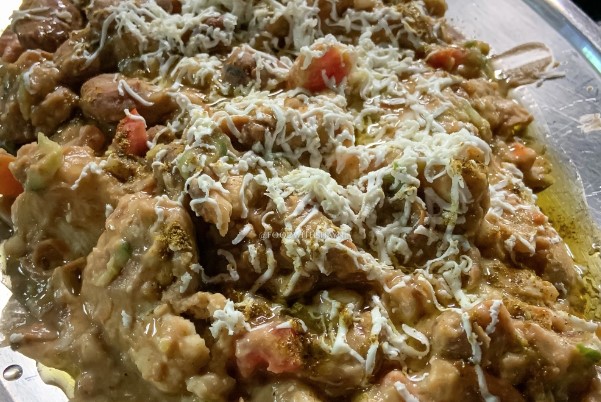Introduction: The Role of Sorghum and Millet in Sudanese Cuisine
Sudanese cuisine is known for its diverse flavors and ingredients. The use of sorghum and millet in Sudanese dishes is a prominent feature of the country’s cuisine. These grains have been a staple food in Sudan for centuries, and they continue to play a significant role in the country’s culinary traditions.
Sorghum and Millet: Nutritional Value and Health Benefits
Sorghum and millet are both gluten-free and nutrient-dense grains that provide excellent health benefits. They are rich in fiber, protein, and minerals such as calcium, magnesium, and iron. These grains have a lower glycemic index than wheat and rice, making them an excellent choice for people with diabetes. In addition, they are known to reduce the risk of heart disease, support digestive health, and improve overall energy levels.
Staple Food: How Sorghum and Millet Became Popular in Sudan
The use of sorghum and millet in Sudanese cuisine dates back to ancient times. The grains were introduced to the country by Arab traders and have since become a staple food. Due to their hardy nature, they can withstand harsh weather conditions, making them suitable for cultivation in Sudan’s arid climate. Today, sorghum and millet are still widely consumed in Sudan, and they are used in a variety of dishes, from bread to porridge.
Popular Sudanese Dishes Made with Sorghum and Millet
Sudanese cuisine offers a wide selection of dishes made with sorghum and millet. One of the most popular dishes is asida, a thick porridge made from sorghum or millet flour, served with a variety of stews and sauces. Another popular dish is Kisra, a type of bread made from sorghum flour. Additionally, people in Sudan use sorghum or millet flour to make different types of porridges, such as ful medames, a breakfast porridge made with fava beans.
Sorghum and Millet as a Cultural Symbol in Sudan
Sorghum and millet are not just staple foods in Sudan, but they are also cultural symbols. They are used in traditional ceremonies and celebrations, such as weddings and religious festivals. They are also a source of pride for Sudanese people, representing their unique culinary traditions and connections to their land and history.
Conclusion: The Future of Sorghum and Millet in Sudanese Cuisine
Sorghum and millet continue to be an essential ingredient in Sudanese cuisine, and their popularity is increasing worldwide. As people become more health-conscious and interested in traditional foods, the demand for these grains is expected to rise. The future of Sudanese cuisine looks bright, with its rich cultural heritage and unique flavors, and the role of sorghum and millet in that cuisine will undoubtedly continue to be significant.

